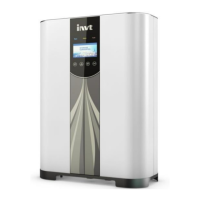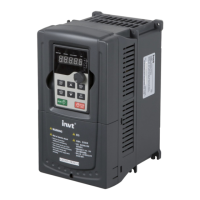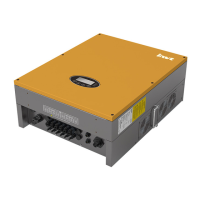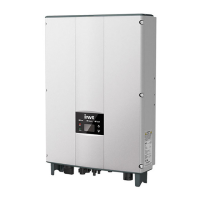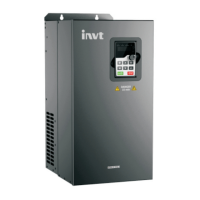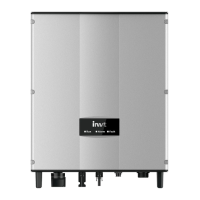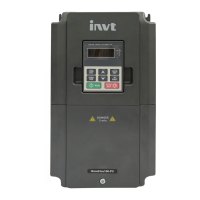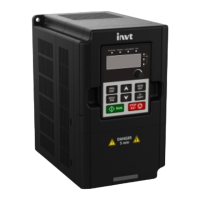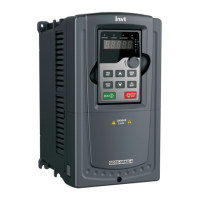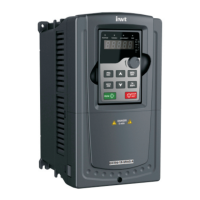Written not
allowed.
It only happen in write command, the reason maybe:
1. The data to write exceed the range of according parameter.
System
locked
When password protection take effect and user does not
unlock it, write/read the function parameter will return this
error.
Protocol data unit format of writing single parameter:
Request format:
Protocol data unit Data length(bytes) Range
Command 1 0x06
Data Address 2 0~0xFFFF
Write Content 2 0~0xFFFF
Reply format (success):
Protocol data unit Data length(bytes) Range
Command 1 0x06
Data Address 2 0~0xFFFF
Write Content 2 0~0xFFFF
If the operation fails, the inverter will reply a message formed by failure command and
error code. The failure command is (Command+0x80). The error code indicates the
reason of the error; see table 1.
10.5 Note
10.5.1 Between frames, the span should not less than 3.5 bytes interval, otherwise, the
message will be discarded.
10.5.2 Be cautious to modify the parameters of PC group through communication,
otherwise may cause the communication interrupted.
10.5.3 In the same frame, if the span between two .near bytes more than 1.5 bytes
interval, the behind bytes will be assumed as the start of next message so that
communication will failure.
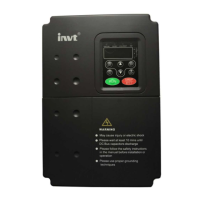
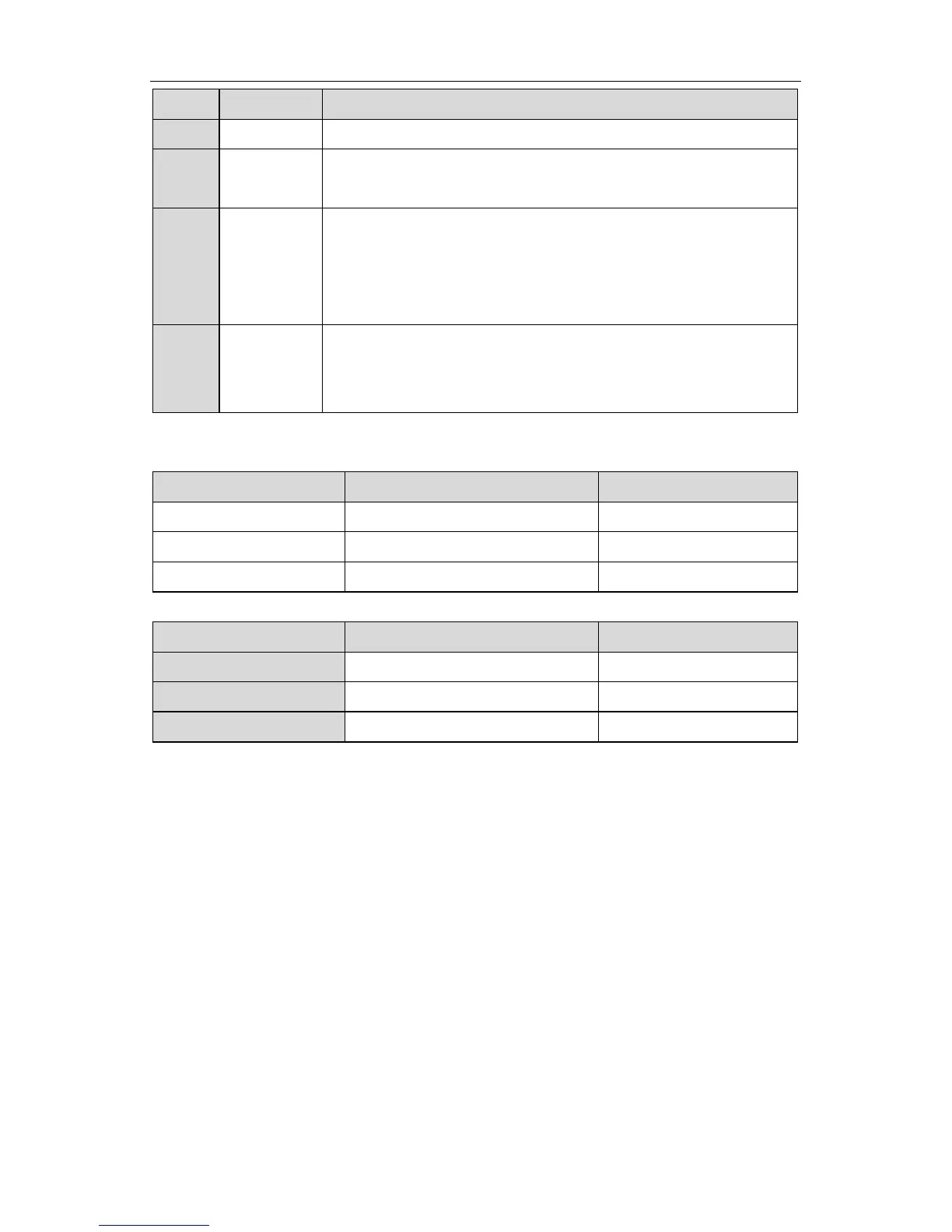